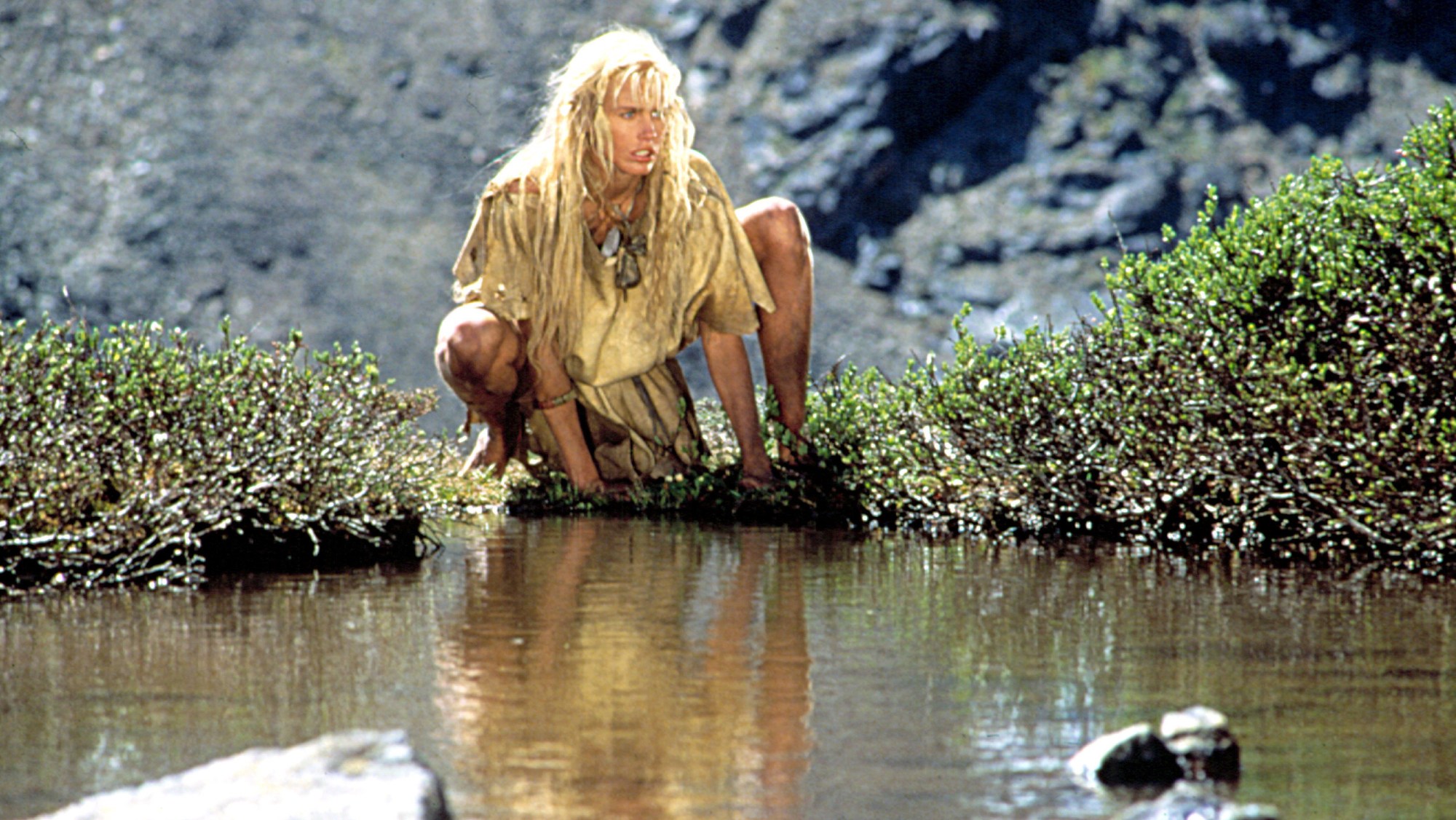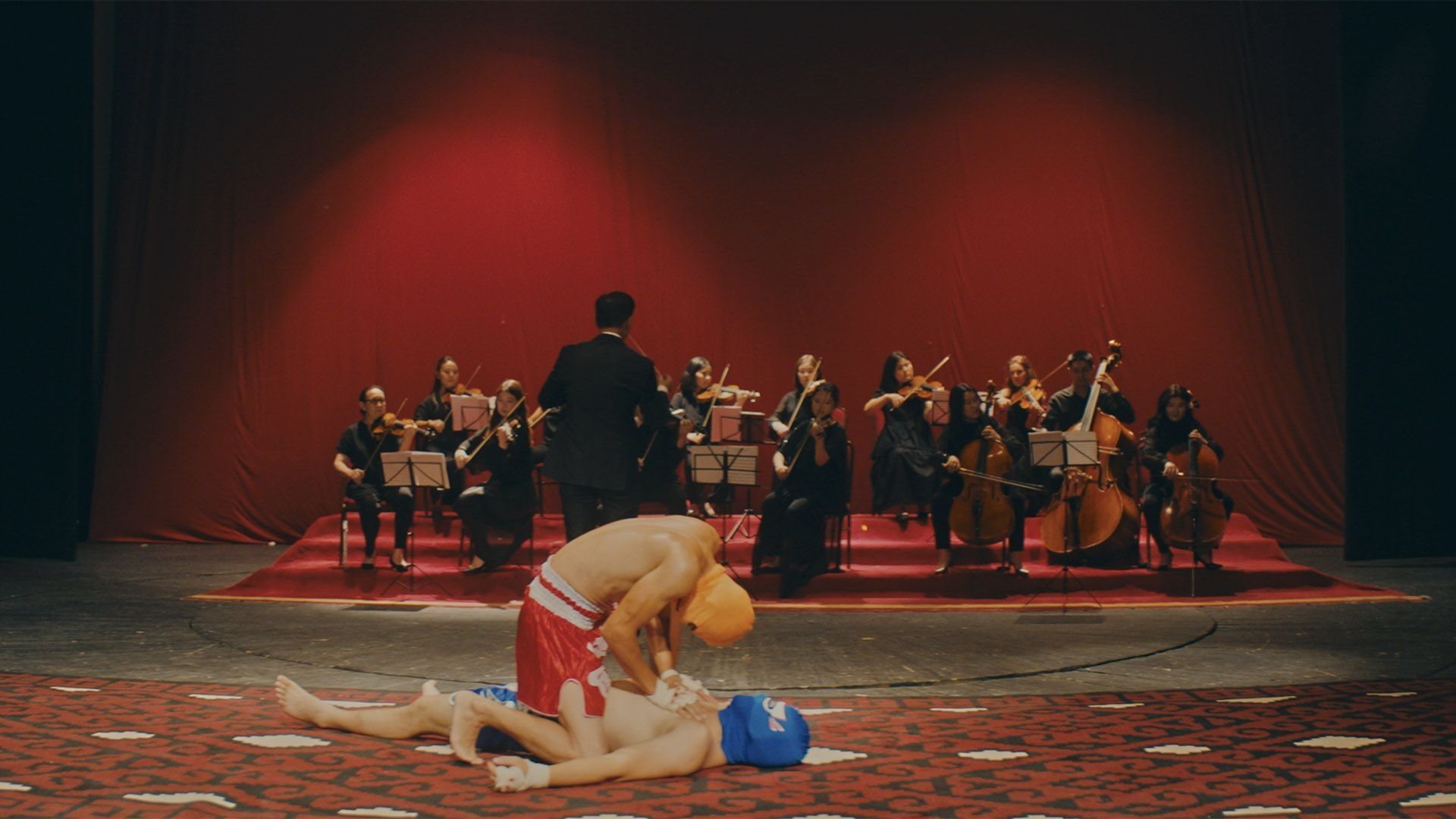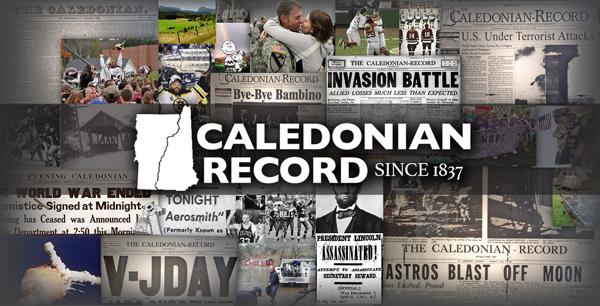The film adaptation of Jean M. Auel’s novel, The Clan of the Cave Bear, became a reality largely due to the efforts of Mark Damon and his company, the Producers Sales Organization (PSO), during the American Film Market (AFM) in the 1980s. Initially, producers Gerald Isenberg and Stan Rogow struggled to secure interest from networks like NBC for a movie-of-the-week adaptation of the prehistoric adventure. Their fortunes changed when PSO stepped in, selling off rights to finance the project, which ultimately cost $16 million and was filmed in British Columbia.
The story follows a Cro-Magnon girl named Ayla, who is adopted by a family of Neanderthals. The casting of Daryl Hannah, who had gained recognition for her role in Splash, as Ayla added a significant draw for potential buyers at AFM. In a prerelease interview with John Hanrahan, Hannah discussed the challenges of filming, stating, “Logistically, it was difficult. There were helicopters, you had to hike, live in a tent. There was no warm water to shower in.”
Hannah emphasized the complexity of adapting the book into a film, noting its unique narrative style. Instead of dialogue, the characters communicated through guttural sounds, supported by subtitles. This unconventional approach added to the film’s distinctiveness, yet presented significant hurdles in its production.
The renowned cinematographer Michael Chapman, known for his work on films like Taxi Driver and Raging Bull, directed the project. The film, released by Warner Bros. in 1986, featured striking visuals that were praised in reviews. However, critics were less favorable regarding the film’s overall dramatic impact.
Despite earning an Oscar nomination for its makeup, The Clan of the Cave Bear struggled at the box office, grossing under $2 million in the United States. Plans for two sequels were quickly abandoned as the film’s commercial performance did not meet expectations.
The journey of The Clan of the Cave Bear reflects the complexities of adapting literary works for the screen, highlighting the challenges faced by filmmakers in translating intricate narratives into a visual medium.







